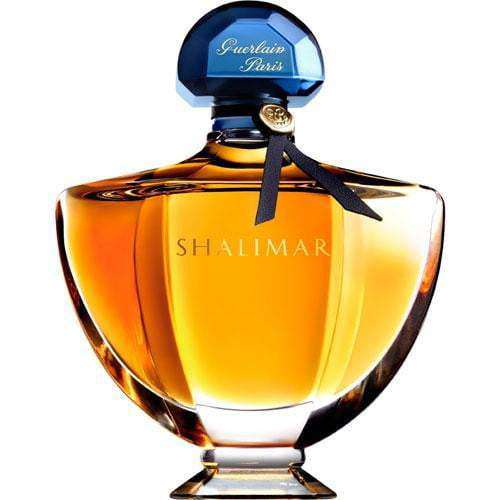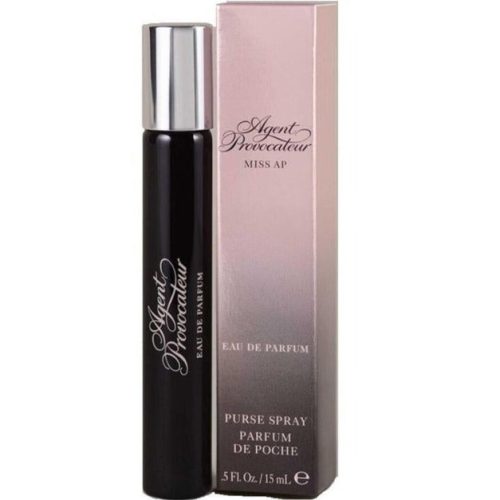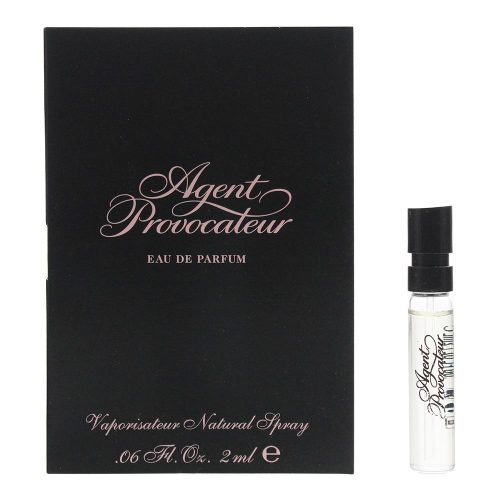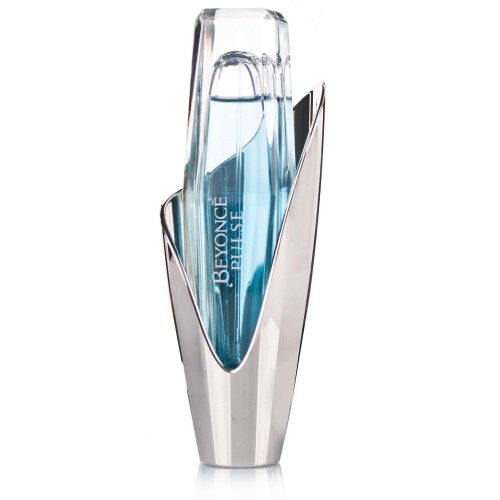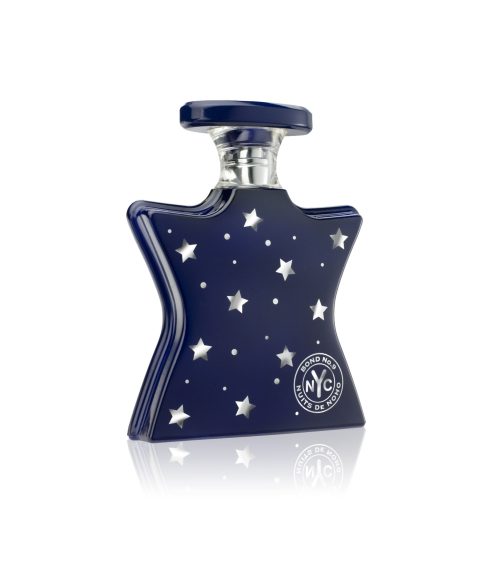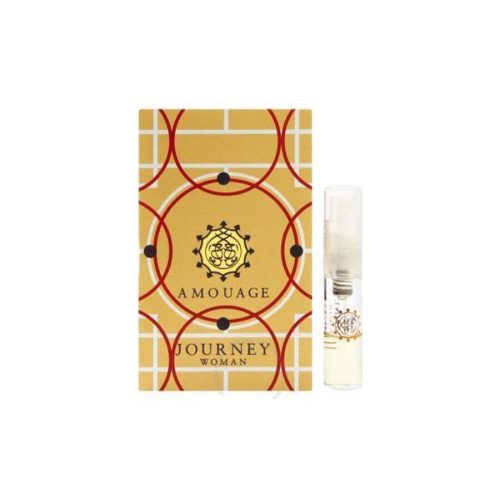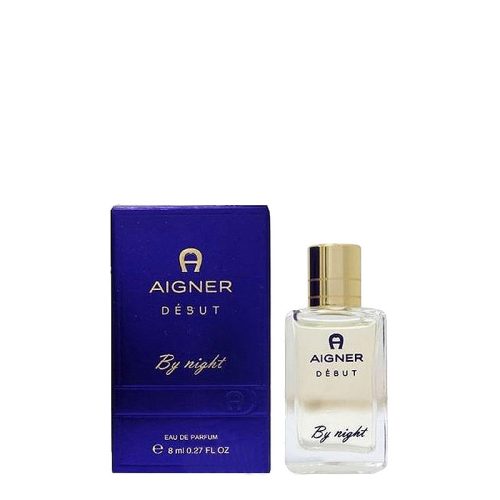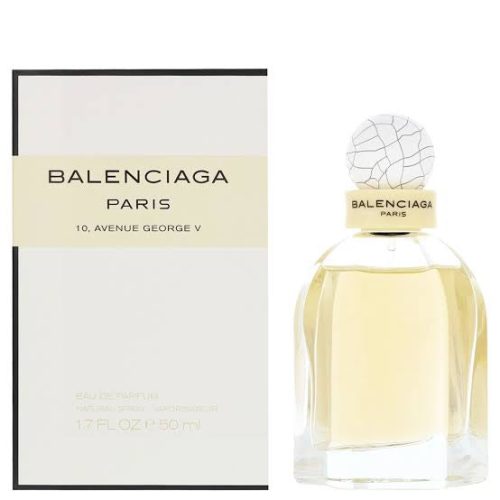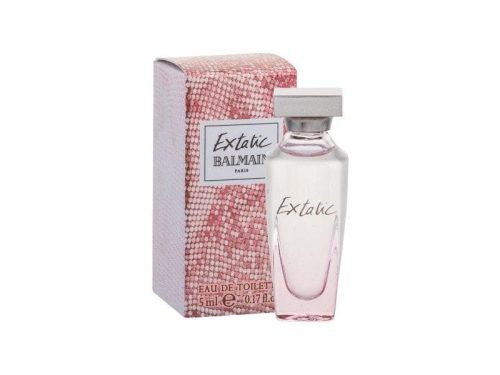Four centuries ago, in India, Emperor Shah Jahan fell hopelessly in love with Princess Mumtaz Mahal. He had the enchanting Gardens of Shalimar built for her and dedicated the Taj Mahal to her as well, one of the seven new wonders of the world. This incredible tale sparked the imagination of Jacques Guerlain, who created Shalimar, the first oriental fragrance in history, in 1925. This perfume captures the magic and luxury of this fairytale.
Inspired by the passionate love story between an emperor and an Indian princess, Shalimar, which means “temple of love” in Sanskrit, symbolizes the promise of eternal love forevermore. It is a fragrance of desire. With its smoldering and slightly impertinent character, the star oriental fragrance in perfumery embodies skin-caressing sensuality with a hint of the forbidden. “Wearing Shalimar means letting your senses take over,” Jacques Guerlain would say.
In 1925, the Shalimar bottle designed by Raymond Guerlain won first prize at the Paris Decorative Arts Exhibition. Its curves were inspired by the basins of the famous Shalimar Gardens. The fan stopper with its sapphire transparency recalls the garden’s eternally gushing water.
Oriental. Voluptuous, sensual, spellbinding.
A flight of flowers and bergamot whips up the top notes with a breeze of freshness. The heart is warmed by enveloping and delicately powdery notes of iris, jasmine, and rose. To conclude, the presence of vanilla, rounded balmy notes, and the gourmand warmth of tonka bean orchestrate a sensual symphony for the dry-down.
The top notes are citrus, bergamot, cedar, lemon, and mandarin orange. The middle notes are rose, vetiver, patchouli, iris, and jasmine. The base notes are tonka bean, sandalwood, leather, civet, vanilla, musk, and incense. The perfume remains one of Guerlain’s most beautiful and bestselling fragrances.



